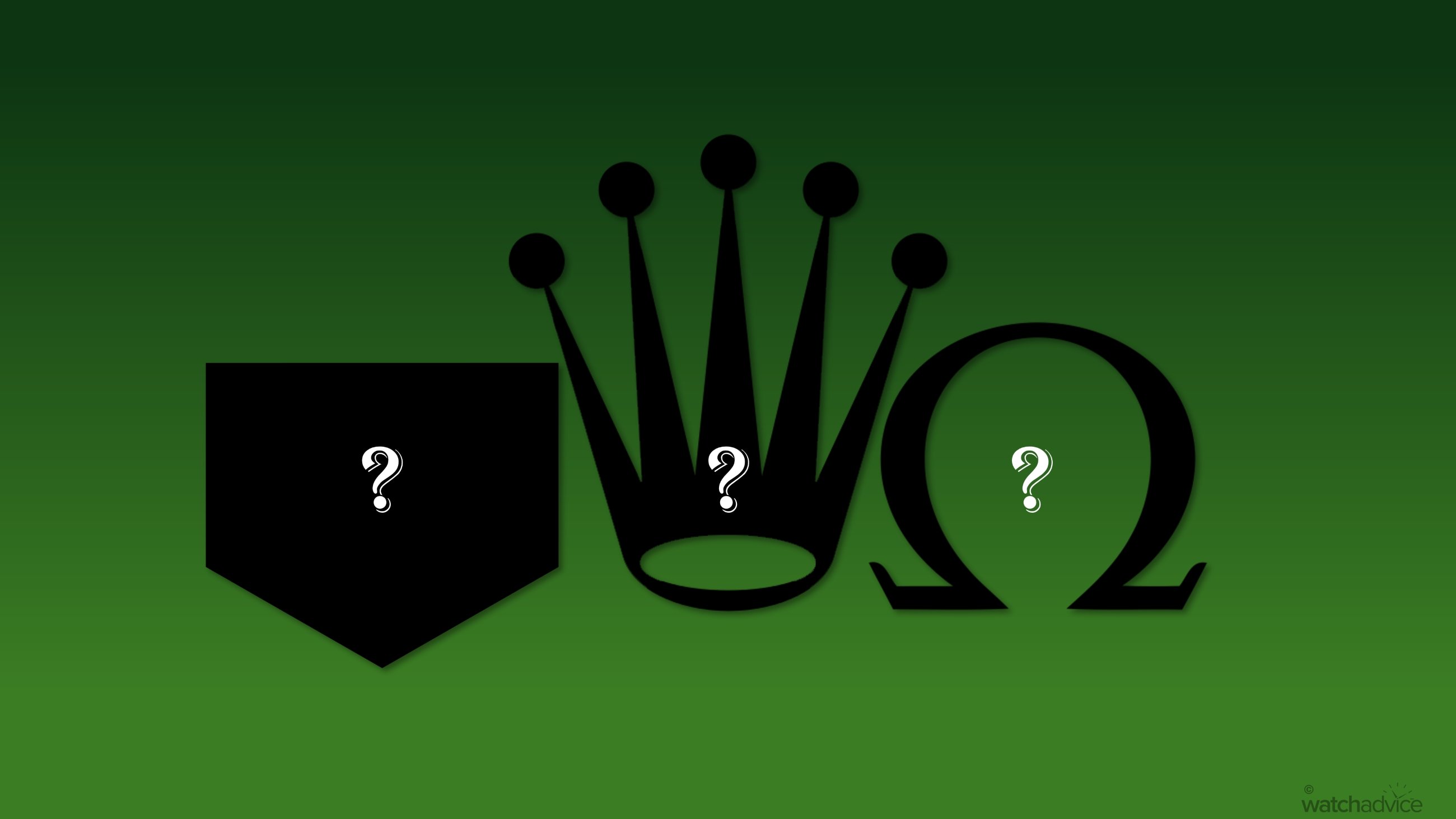Just getting into watches, and not sure what brands should you know about? Never fear, as that’s what this article is for: To introduce you to as many of them as possible!
Welcome, and welcome back! If you’re already familiar with my hijinks, then you probably know me as the guy who keeps writing these I’m New to Watches articles for new members of the Watch Advice family. If this is your first time here, then congratulations — you’re the newest member of the Watch Advice community! I’m glad you’re here. We’re a journalism site focused on all things horology. We love bringing you (and many others) the very best news, releases, reviews, and insights into this fantastic industry.

I started the I’m New to Watches series because I wanted budding enthusiasts (like you!) to have a simple, approachable way to understand the goings-on of the watch world. Sure, there’s plenty of nuance in everything we cover, but I’ve found that a broad, general introduction is the best way to start.
Related Reading: I’m New To Watches. What Am I Looking At?
Related Reading: I’m New To Watches. How Do I Buy One?
So, if you haven’t read the last two entries in this series (linked above), and they sound more up your alley than this one, by all means — click away and give them a read first! Once you’re done, don’t forget to swing back here. Because once you know what a watch is made of, and how to go about buying one, the next logical question is: who makes all these watches?
Well, that’s exactly what this article is here to answer. So read on, as I introduce you to the biggest brands and companies that keep the watch world ticking!
Who Are The Best?
Of course, the first thing almost everyone wants to know is which brand is the ‘best one.’ And, like many things in life, it’s all a matter of opinion. It’s like asking if Leonardo Da Vinci was better than Pablo Picasso, or if Bruce Lee could beat Muhammad Ali, or whether David Corenswet or Henry Cavill did a better job playing Superman.
While I won’t subject myself to talking in circles about why ‘this’ is better than ‘ that,’ I will acknowledge that there are a few brands out there that are certainly more popular than others. This is what that section will be about – who, among the thousands of watch brands out there, are the most recognisable and why!
The Two Titans: Rolex and Casio

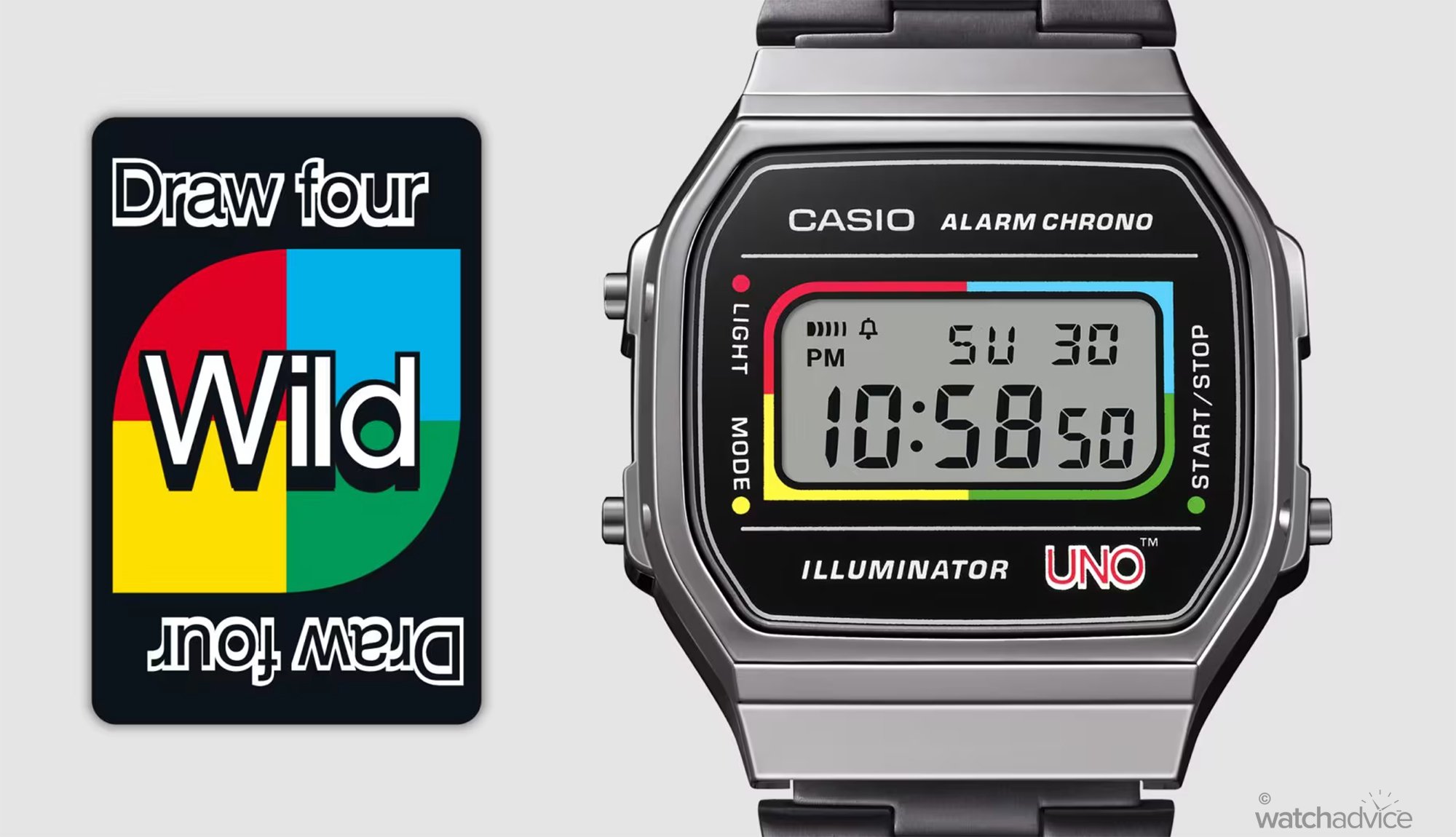
So then, if you were to ask me which watch brands are the ‘best’ and most popular, two come to mind straight away: Rolex and Casio. “Wait a minute,” you might be thinking. “Are you seriously suggesting that Rolex and Casio are equals?” And to that, I say yes! Let me explain why.
Neither brand really needs much of an introduction, but here’s a quick refresher. Rolex is the name that always comes up when you even mention luxury watches. For what feels like forever, they’ve set the standard — not just for what a luxury watch should be, but how one is made and even, to some extent, how one should look. Known for their iconic designs, robust quality, and near-constant visibility, Rolex has become a cornerstone of modern luxury lifestyle.
Casio, on the other hand, is a Japanese electronics company best known for producing a massive range of everyday gadgets. While we’ve got nothing against their calculators or keyboards, what really excites us at Watch Advice are their watches. There are thousands of Casio references out there, from the humble F91W — which, by the way, still holds the record as the most sold watch in history — to the indestructible G-SHOCK. Regardless of what Casio you buy, though, the consensus remains the same: they are available everywhere, can outlast anything, and can be bought and worn by anyone.
Rolex and Casio couldn’t be more different, so what makes them equals? The answer is popularity, of course: Both brands are so universally beloved that they’ve become the ultimate benchmarks on opposite ends of the spectrum. Rolex has become the standard of the high-end aspect due to their incredible quality and iconic aesthetic, and Casio has done the same on the accessible end through budget-friendly utility and sheer numbers. Therefore, most of the watch community find that the same level of reverence and respect are given to both brands, despite their differences, as both have contributed massively in shaping the watch world as we know it.
The Big Three
In any case, Rolex and Casio are but two of what is a sea of incredibly popular watch brands out there – and pivoting back to the luxury side of things, there are what the watch community call the ‘Big Three’ watch brands, or otherwise known as the Holy Trinity. These brands are Patek Philippe, Audemars Piguet, and Vacheron Constantin, who are commonly referred to as the very best and highest quality watchmakers in the world.
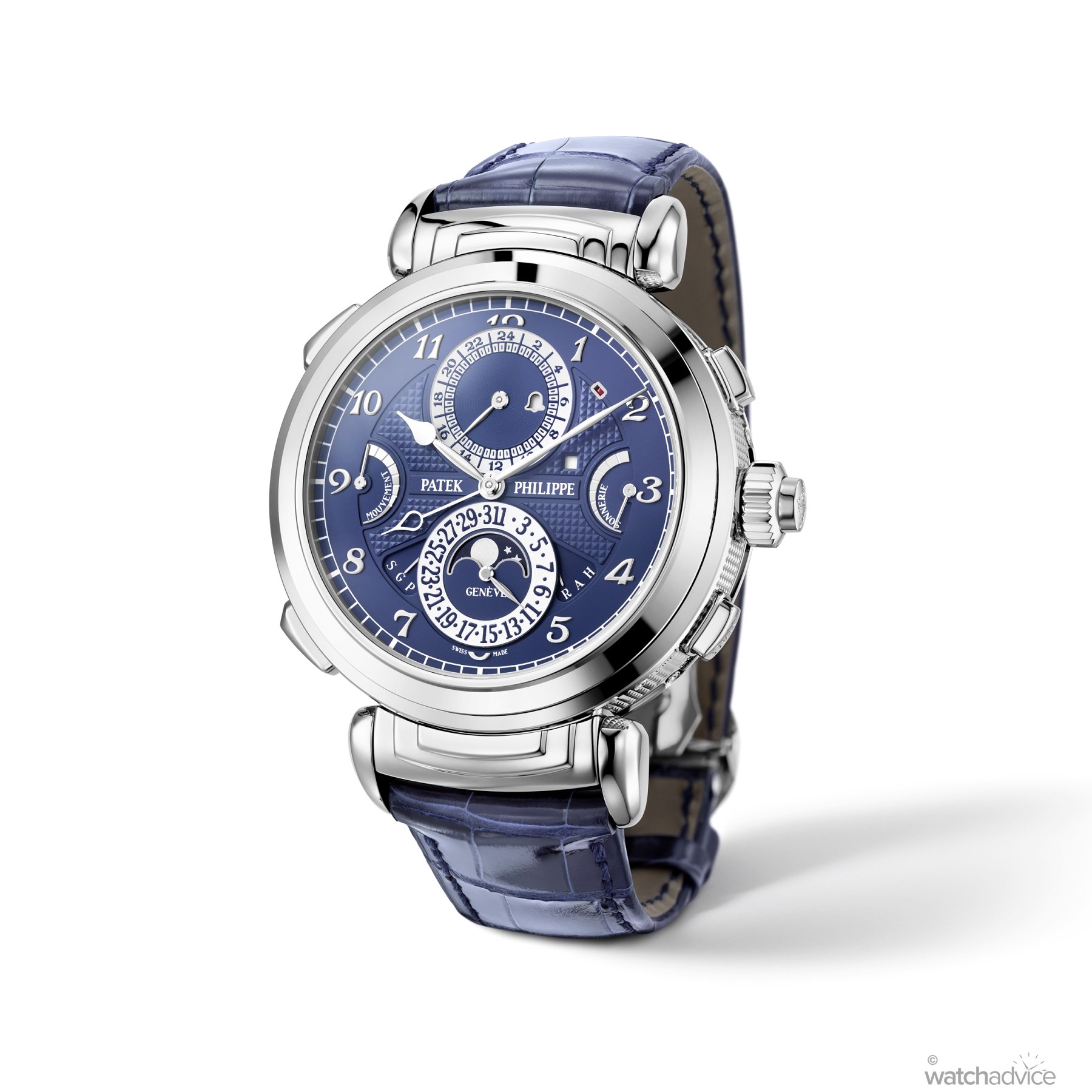
Starting with Patek Philippe, their watches are typically known for being heirloom-worthy articles of haute horlogerie (high horology), with elegant and timeless designs built to last several lifetimes. However, some of their timepieces have been known to sometimes cross into the public eye. You might have even seen one yourself on the silver screen, such as the Aquanaut gifted to Dan Humphrey on Gossip Girl, or the Nautilus more recently being desperately pawned off by Jon Hamm’s character Coop in Your Friends & Neighbours.
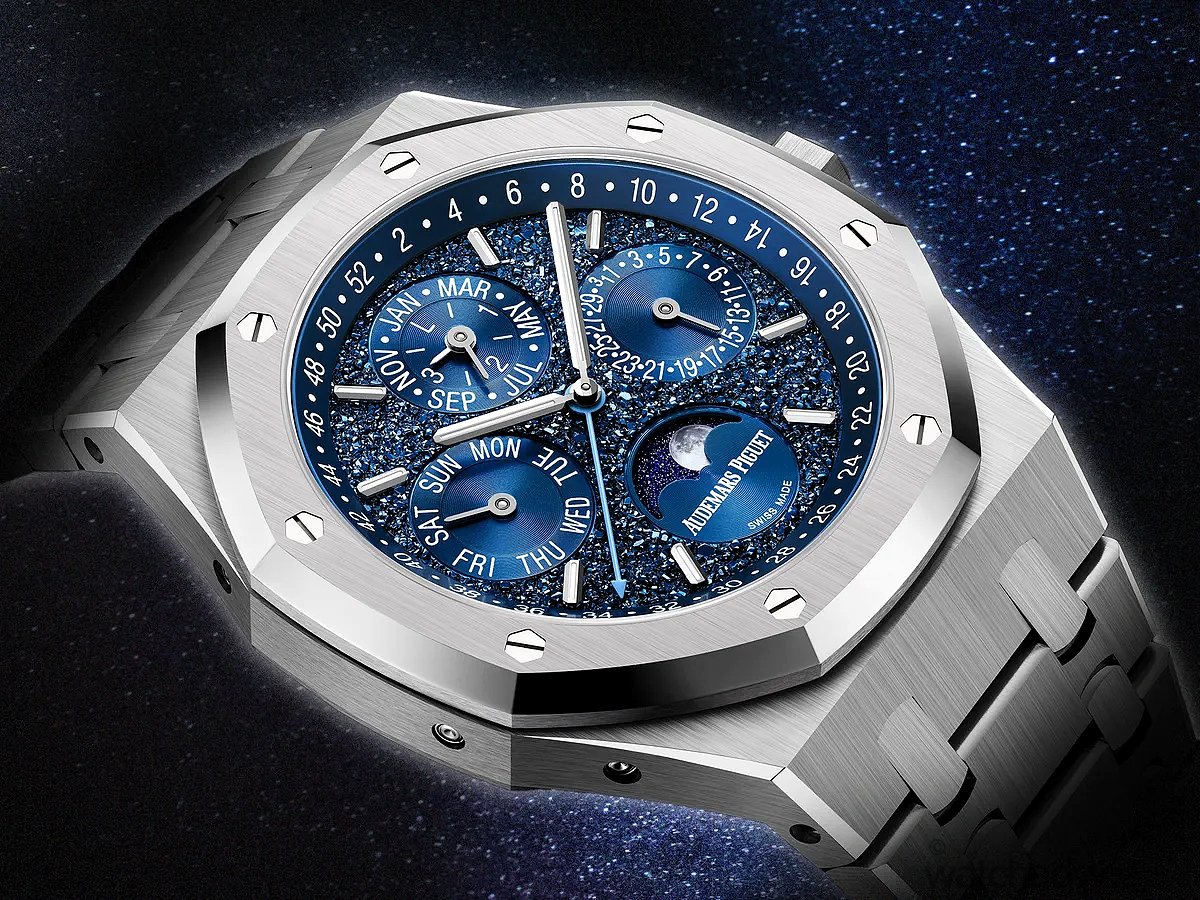
Audemars Piguet, the second brand of three, differs dramatically from its peers. With their flagship Royal Oak model, their works are often propelled to the very front of popular culture. Often found in the possession of movie stars, musicians, public figures and pretty much any other A-List celeb, they have made an indelible mark on the watch world with their innovative spirit combined with horological mastery. So beloved are the watches at Audemars Piguet, in fact, that they seem to be shouted out in rap songs almost as much as Rolexes are!
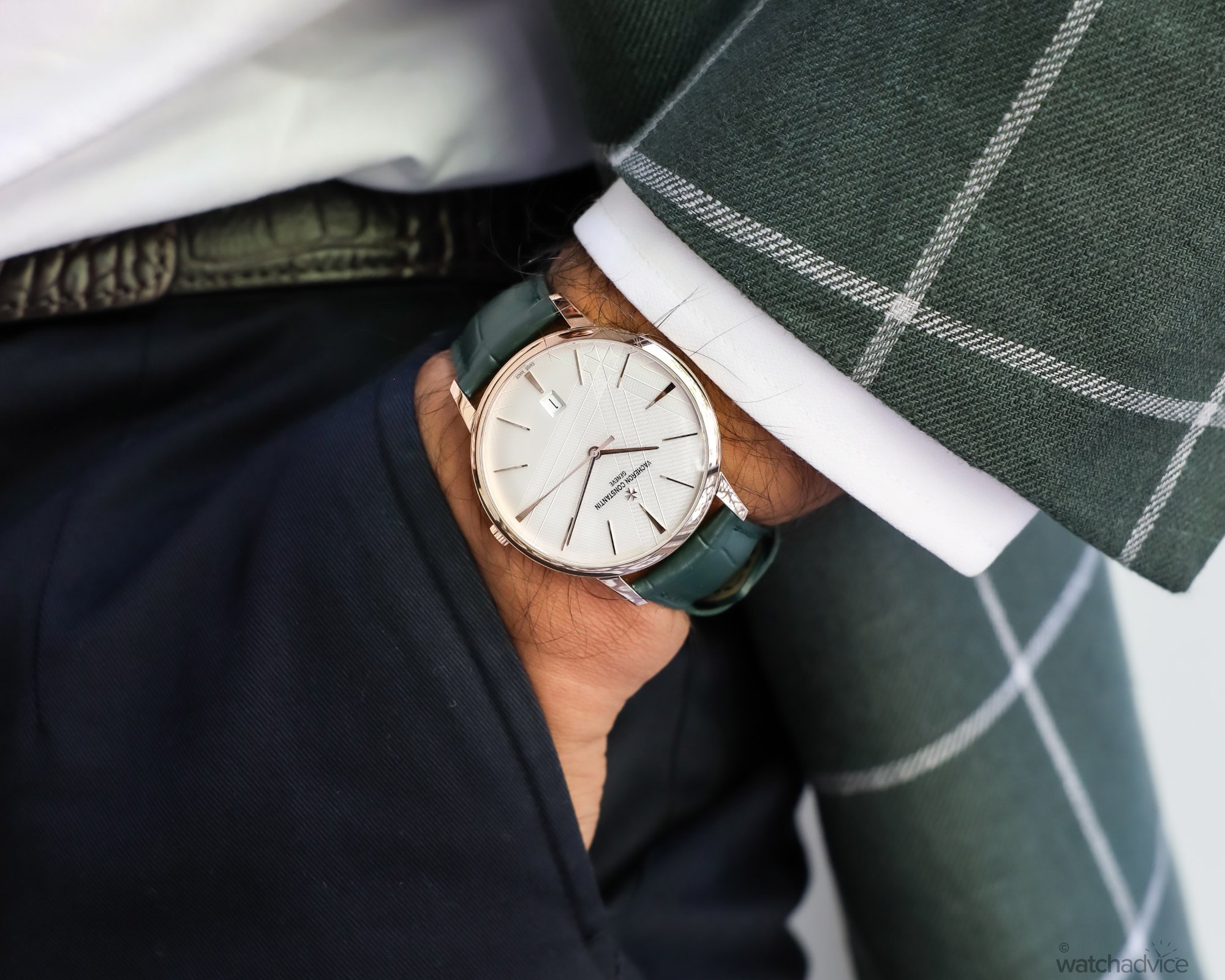
Lastly, there’s Vacheron Constantin. While dabbling in both audacious design and supreme elegance, their claim to the three-seated throne lies in their longevity. Celebrating 270 years at current time of writing, Vacheron Constantin is steeped in heritage – more than almost every other brand. While not the oldest watch brand ever, they are the longest continuing watchmakers in history, having never ceased production even in the face of countless major historical events. From the modern Overseas line to the 1920s-inspired Historiques American 1921, Vacheron Constantin takes inspiration for its watches from nearly three centuries’ worth of storied archives.
If you’re a first-time buyer, you probably wouldn’t be looking at these guys, but it’s important to at least know them before you get to that point. While I have my own reservations about how and why they are referred to as the ‘Big Three’ – which you can read about in the article below – it’s still a majority opinion within the wider community. I hardly think that’s a bad thing, though, considering the immense combined body of work that made them so beloved!
Related Reading: Watchmaking’s ‘Big Three’ Isn’t As Simple As You Think
Who Owns What?
Now, let’s face it — unless you’ve been watch shopping before, the chances of having a proper encounter with most of these brands (aside from Casio and maybe Rolex) are pretty slim. And that’s perfectly normal! At this stage, you’ve probably come across all sorts of other watch names — and you might be wondering why they haven’t been mentioned yet. That’s totally understandable, too. Whether you’ve wandered into a boutique, browsed through an authorised dealer’s display, or just passed by a shop window, you’re likely seeing a very different mix of names. That’s because, beyond the big players, the watch world is full of other brands catering to all sorts of price points, styles, and levels of interest.
However, those big players often come with even bigger parents. Much like how Marvel is ultimately owned by Disney, many of the watch brands you’ve seen in your day-to-day belong to groups far larger than just themselves. In fact, the modern watch landscape can largely be broken down by these major conglomerates that dominate the industry.
The Other Big Three – Swatch Group, Richemont, LVMH
In a similar vein of how Patek Philippe, Audemars Piguet, and Vacheron Constantin influence the haute horlogerie space, there are three major players in the wider watch world: Swatch Group, Richemont, and LVMH. Most of the brands you’ll encounter as a watch enthusiast are most likely owned by one of these conglomerates, and span across every single possible price point. Whether you’re looking for a budget beater or a wearable piece of art, you’ll find it through these three.
Let’s start off with Swatch Group, which might sound a little confusing at first — especially since most people associate ‘Swatch’ with fun, plastic novelty watches. But make no mistake: this Swiss powerhouse is as serious as it gets. Formed in the 1980s at the height of the Quartz Crisis — a major shake-up in the industry that saw the Swiss watch market collapse — the Swatch Group played a key role in bringing the industry back from the brink.
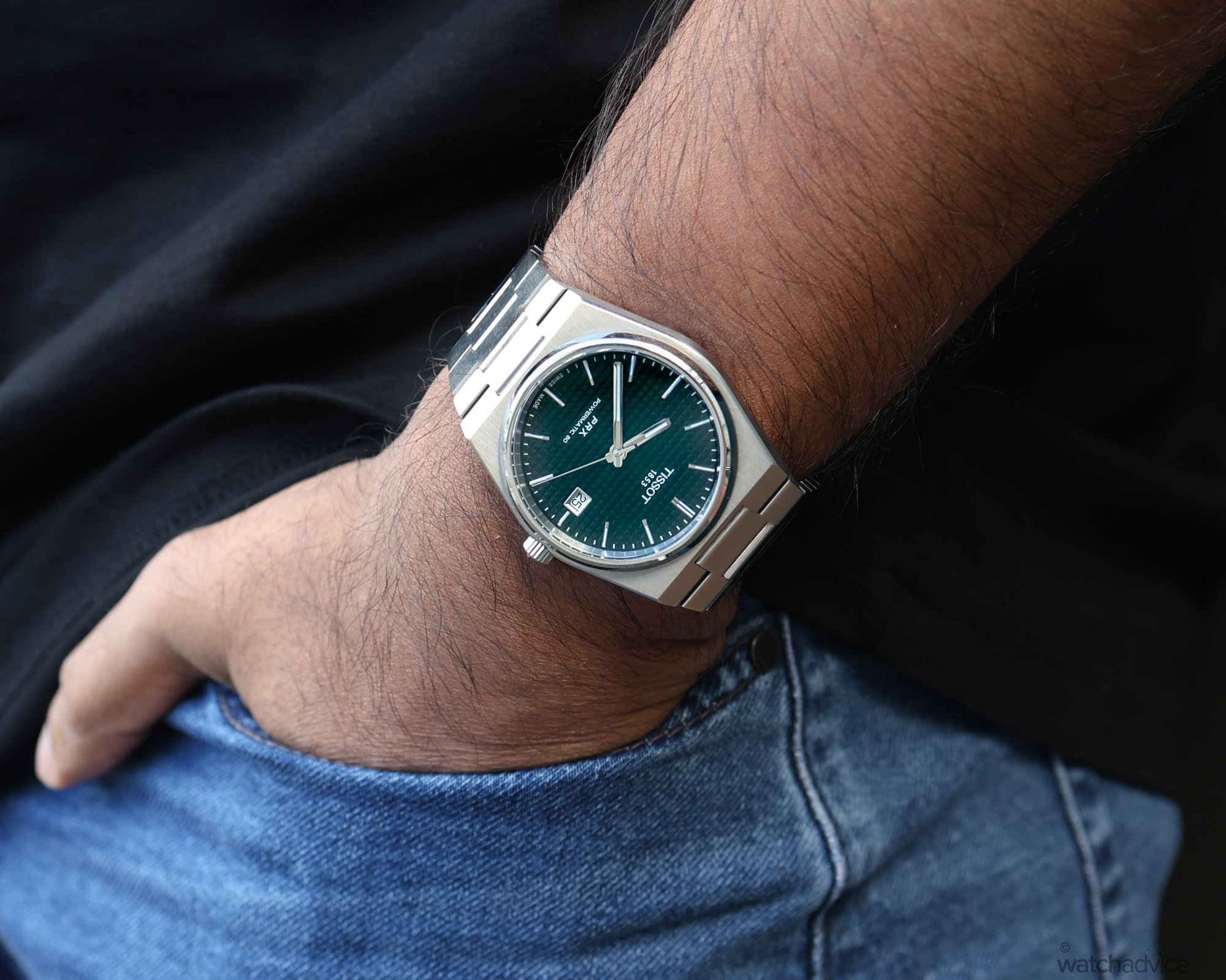
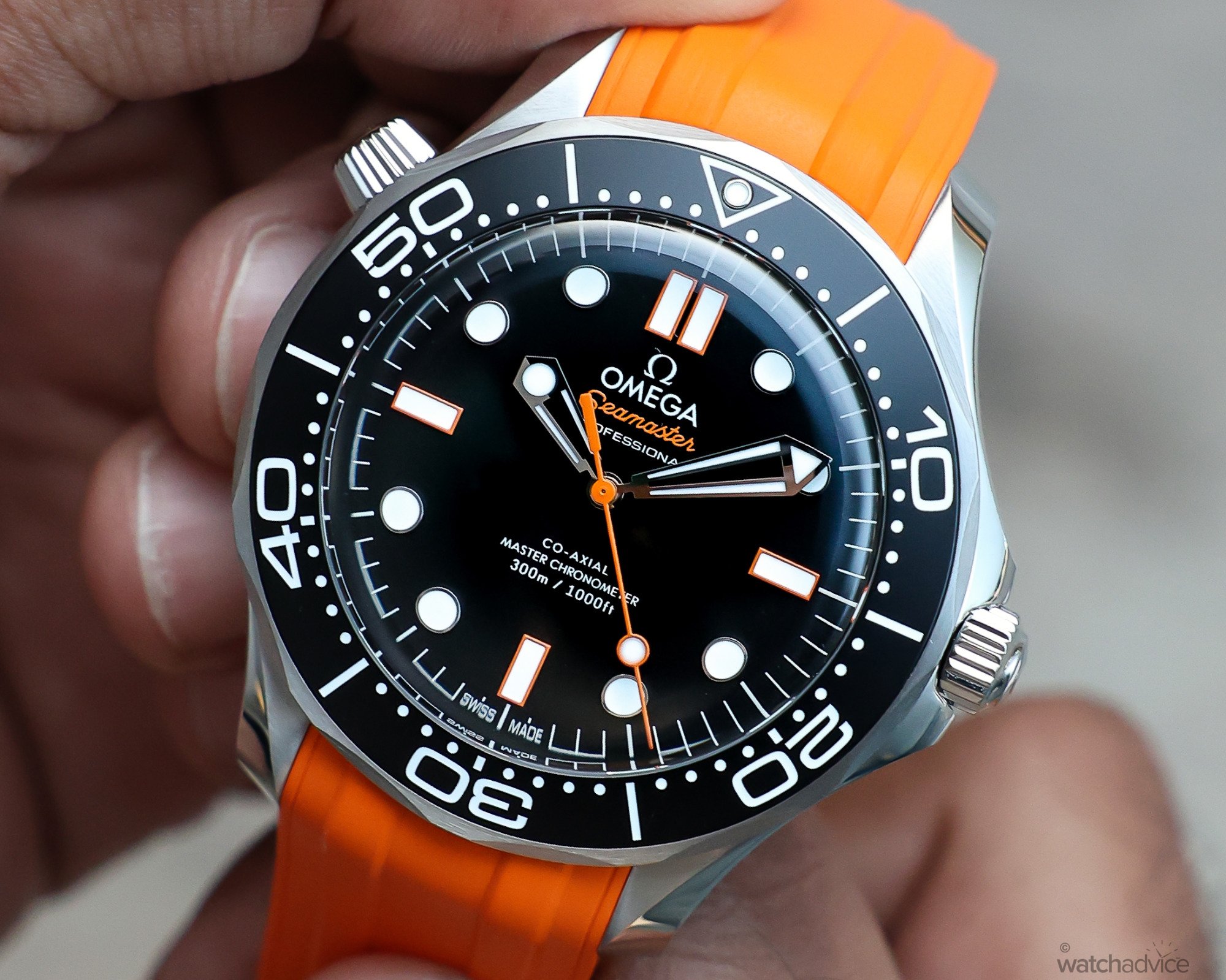
While the original Swatch brand is still very much part of the portfolio, Swatch Group is also home to some of the most respected legacy names in watchmaking. Brands like Longines, Tissot, Omega, Glashütte Original, Breguet, Blancpain, and Jaquet Droz all sit under the same roof — offering a wide range of styles, heritage, and price points.
On top of that, Swatch Group owns ETA, one of the most important movement manufacturers in modern watchmaking. If you stick around long enough, you’ll almost certainly hear ETA mentioned — they supply (or used to supply) mechanical movements for countless other brands across the industry.
Next, we have Richemont. Unlike Swatch, Richemont leans much more into the world of traditional, old-world luxury. Its brands are known for expressing watchmaking and jewellery craftsmanship in their most refined forms. While there’s certainly room for creativity and fun within Richemont’s stable, it’s typically done with a combination of elegance, restraint, and flawless execution.
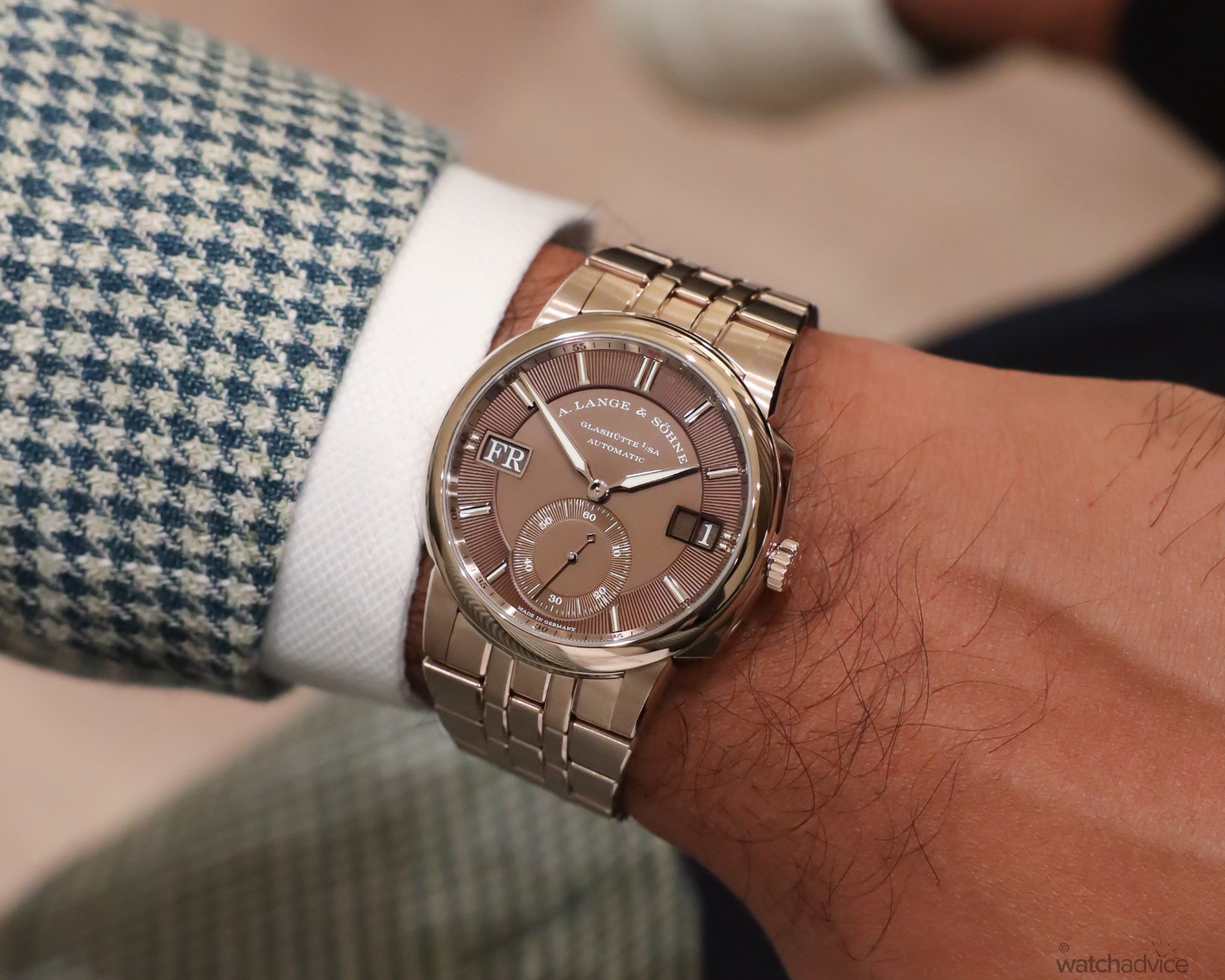
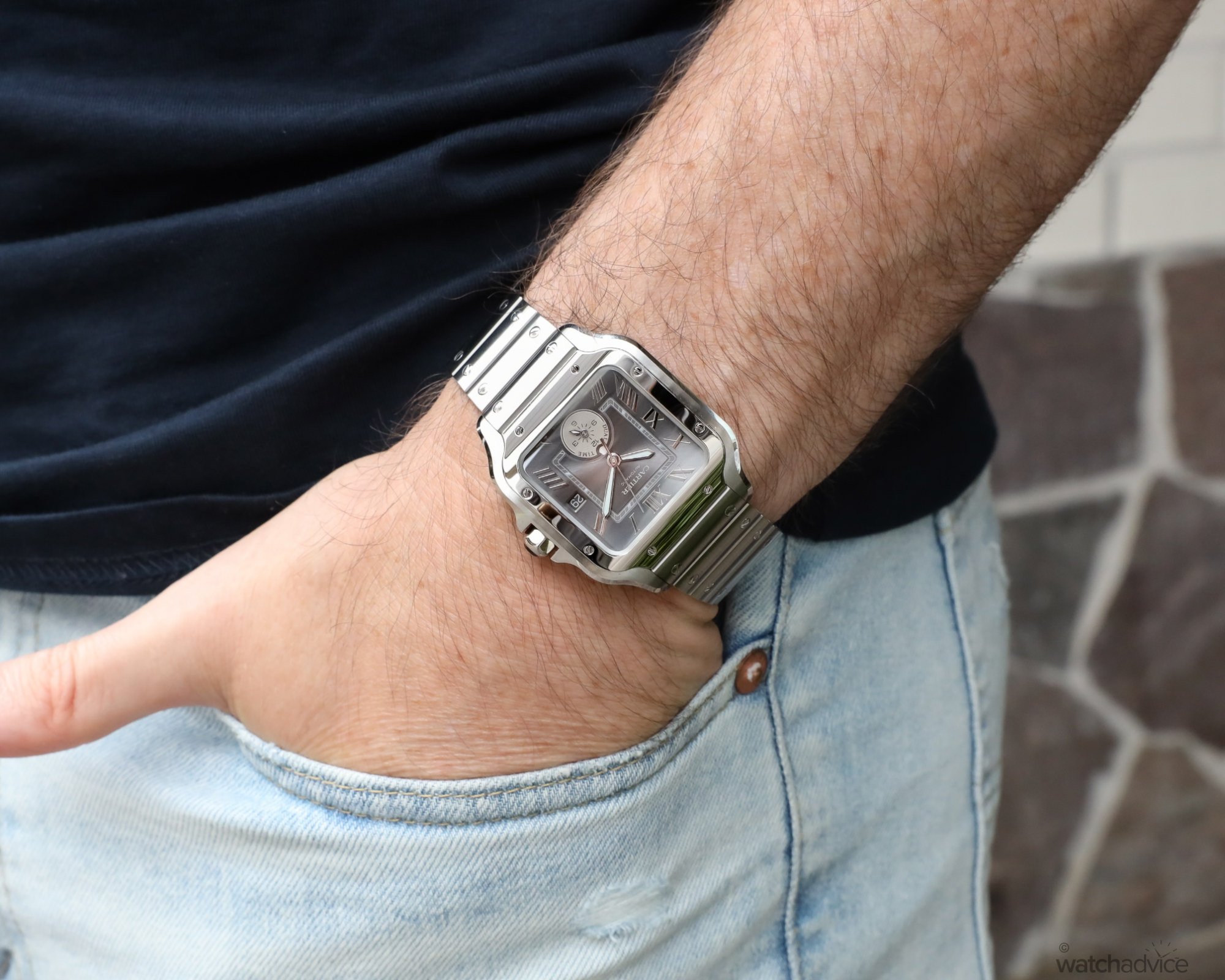
RELATED READING: Vacheron Constantin – The Watchmaker That Defined Luxury For 270 Years
Founded in 1988 as a spin-off from a major South African company Richemont began with an interest in luxury goods, investing in standout brands like Cartier, Piaget, and Baume & Mercier. All three remain part of the group today — but Richemont’s portfolio has grown significantly since. Now, it includes names such as A. Lange & Söhne, IWC, Jaeger-LeCoultre, Montblanc, Roger Dubuis, and Van Cleef & Arpels. And yes — even one of the legendary ‘Big Three’, Vacheron Constantin, also calls Richemont home.
RELATED READING: Watch Advice At The Stunning IWC Schaffhausen Manufacture
Finally, there’s LVMH, a name you’ve likely encountered — even if unintentionally. Short for ‘Louis Vuitton Moët Hennessy,’ this luxury powerhouse was formed in 1989 following the merger of both the iconic luggage brand and the champagne/cognac titan. Today, it’s overseen by the influential Arnault family, headed by patriarch and CEO, Bernard Arnault. LVMH has its hands in nearly every corner of the modern luxury world — from beauty giants like Sephora, to jewellery royalty Tiffany & Co., fashion houses such as Dior and Loewe, and prestige alcohol labels like Krug and Dom Pérignon. The reach of LVMH is massive — and seemingly ever-expanding.

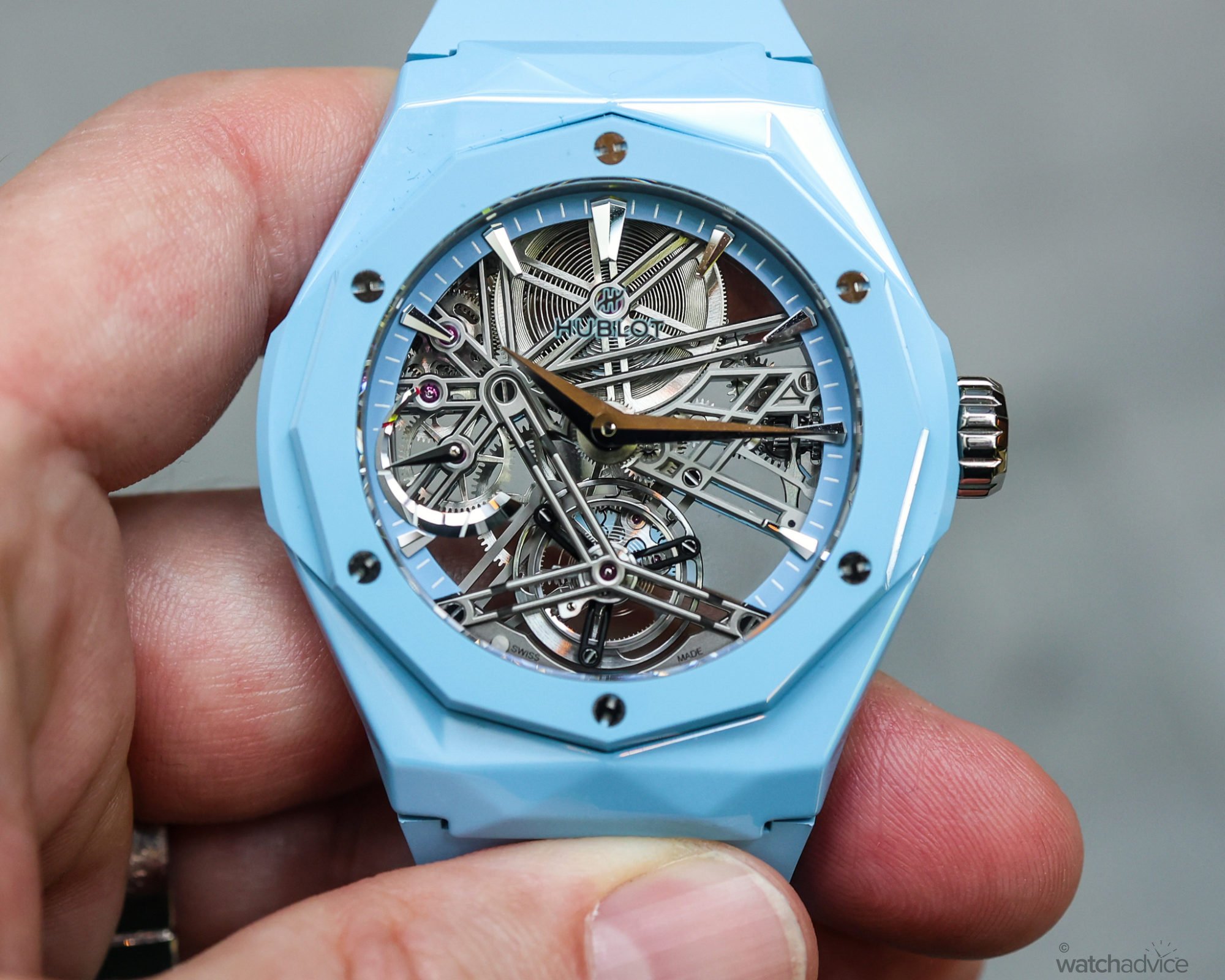
Naturally, this influence extends into the world of watchmaking — and while LVMH may not have as many watch-specific brands as Swatch Group or Richemont, the ones it does own are consistently making headlines. There’s TAG Heuer, which in recent years has staged an impressive comeback, reigniting its spirit of innovation and relevance. Then there’s Bvlgari, known not only for luxury jewellery, but for producing record-breaking, high-end watches. Zenith, which is more or less LVMH’s boutique watch brand and the first vertically integrated manufacture in Switzerland, continues to push the boundaries of chronograph and hi-beat technology thanks to the famous El Primero movement. And then there’s Hublot, who are, well… Hublot, who, love them or hate them, have come up with some amazing movements over their short history.
RELATED READING: Peeking Behind The Curtains Of Hublot At Their Nyon Manufacture
Interestingly, LVMH has also been making a conscious push to bring its other luxury brands into the watchmaking fold. Louis Vuitton has taken the lead with some exciting new releases, while both Dior and Tiffany & Co. are exploring their own unique paths into horology. It’s a story still unfolding — and frankly, we can’t wait to see where it goes.
Seiko & Citizen
As powerful as the major Swiss conglomerates are, they’re not the only big players worth knowing about. Even as a beginner, you’ve likely come across some well-known brands that don’t fall under Swatch, Richemont, or LVMH. That’s because two other influential forces stand tall in the watch world — and rather than being rooted in the West, they were built and nurtured in the East. We’re talking, of course, about Seiko Group and Citizen Holdings Company. Much like Casio, these companies have proven that some of the world’s most iconic and recognisable timepieces don’t have to come from Switzerland. With clean-cut designs, a utility-first ethos, and a reputation for unmatched craftsmanship, the brands under these two Japanese giants proudly showcase the strength and innovation of Japanese watchmaking.
When it comes to the Seiko Group, it may surprise you just how long they’ve been involved in the watch industry. Founded in 1881, the company has spent well over a century in pursuit of creating the very best Japanese timepieces. The closest Western equivalent would likely be the Swatch Group, as both conglomerates are remarkably diverse, versatile, and cater to a wide range of price points. Seiko has also played a pivotal role in shaping the modern watch industry — most notably through the invention of the quartz watch, which inadvertently sparked the Quartz Crisis of the 1970s.
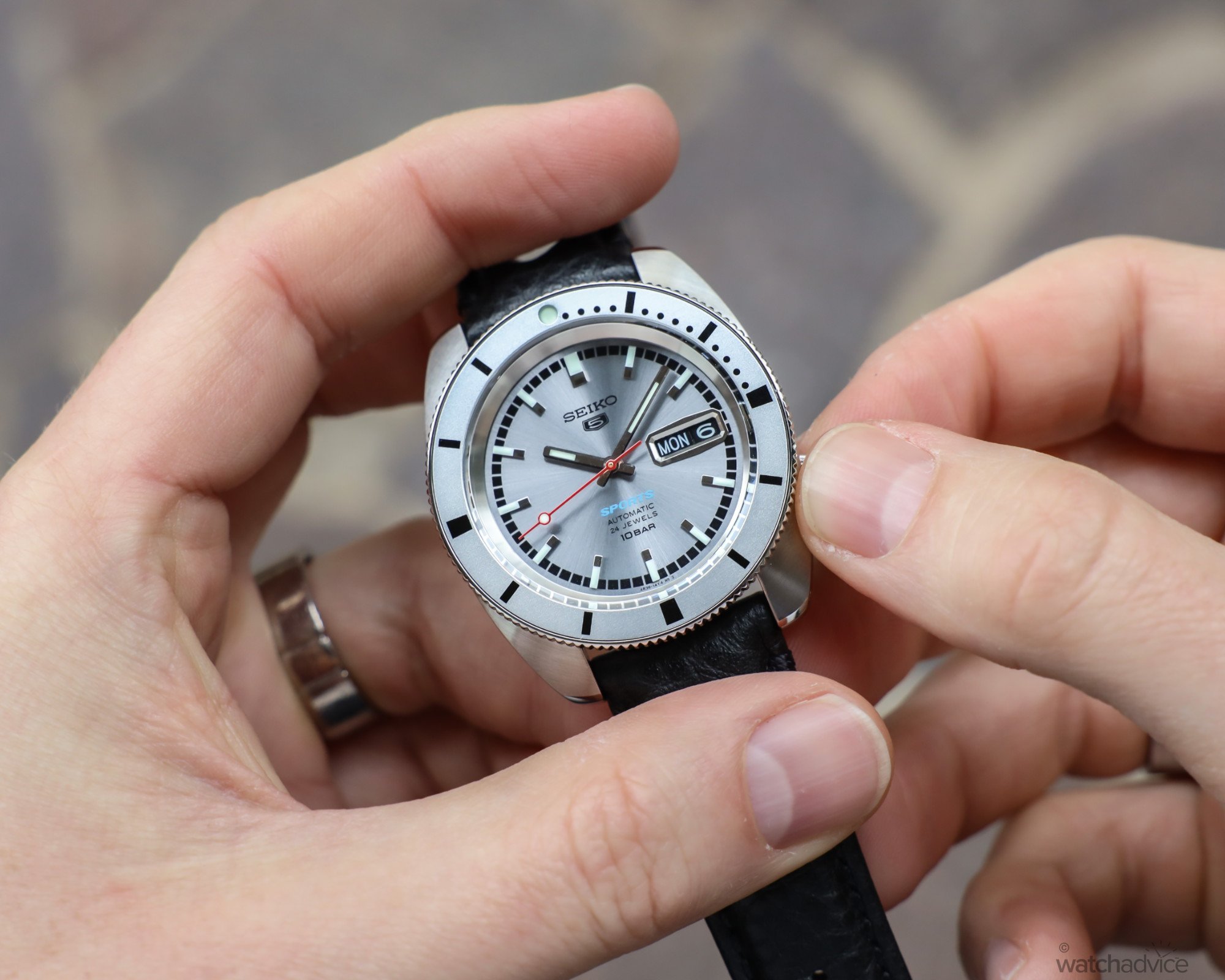
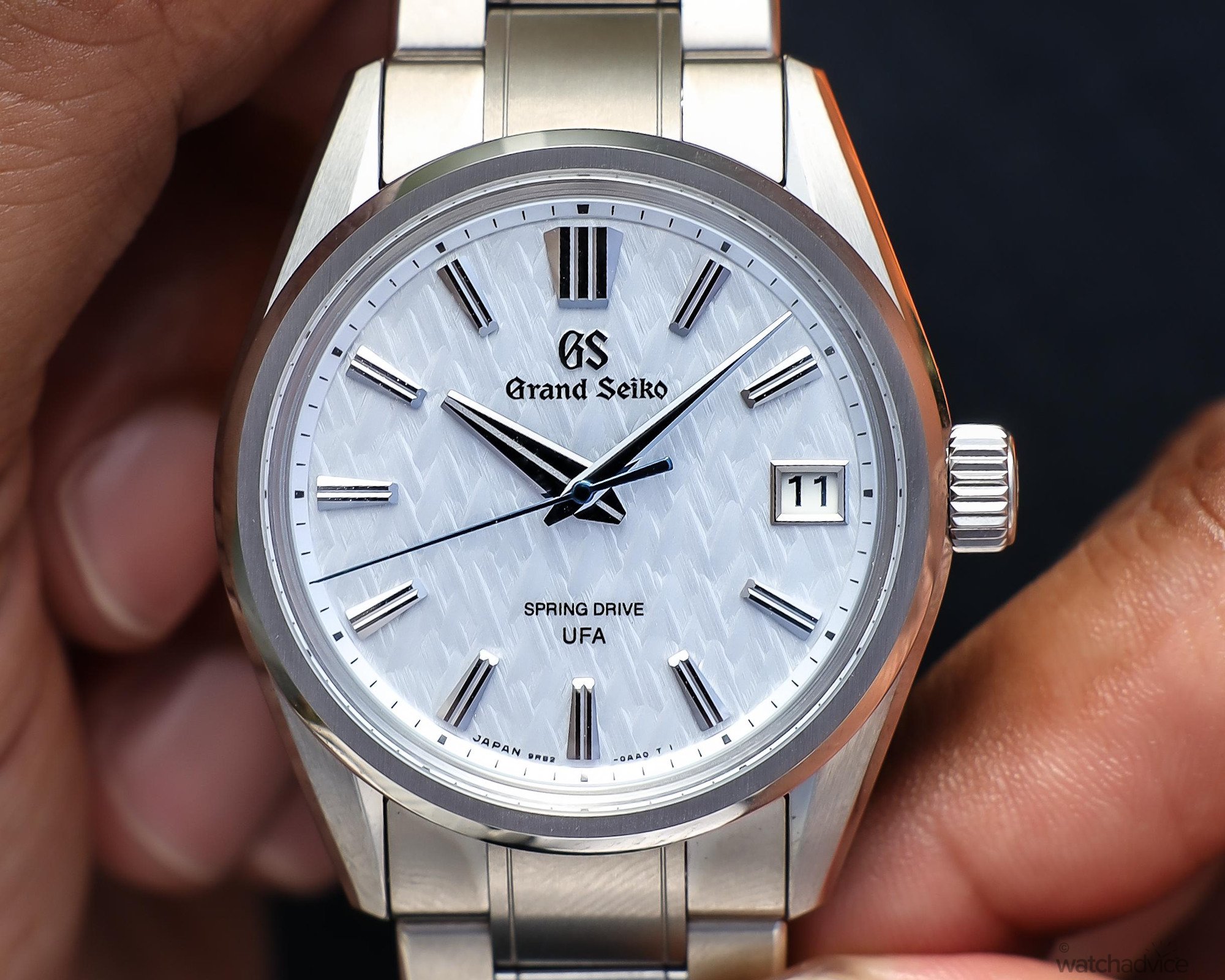
The Seiko Group only spans a handful of brands, but each one is so well-integrated that the group still manages to cover as much ground as its Western counterparts. Seiko, of course, is the most recognisable name, renowned for marrying reliability, accessibility, and beauty into one comfortable package. Orient and Orient Star sit alongside it, offering a similar ethos while showcasing their own unique design language. If you’re looking to move up into luxury territory, Grand Seiko is more than capable — with its renowned Spring Drive technology redefining accuracy in mechanical watchmaking. At the highest end, Credor operates as Seiko’s ultimate expression of fine watchmaking, crafting ultra-refined pieces that aim to rival the best of the West.
Citizen Holdings, on the other hand, is far more diverse than most watch lovers may realise. Founded in 1918, it was born out of a joint effort between Japanese and Swiss investors — a collaboration that perhaps explains why the brands under Citizen’s umbrella are so remarkably varied. That said, this diversity does not detract from the consistent level of craftsmanship found throughout Citizen Holdings’ entire catalogue.

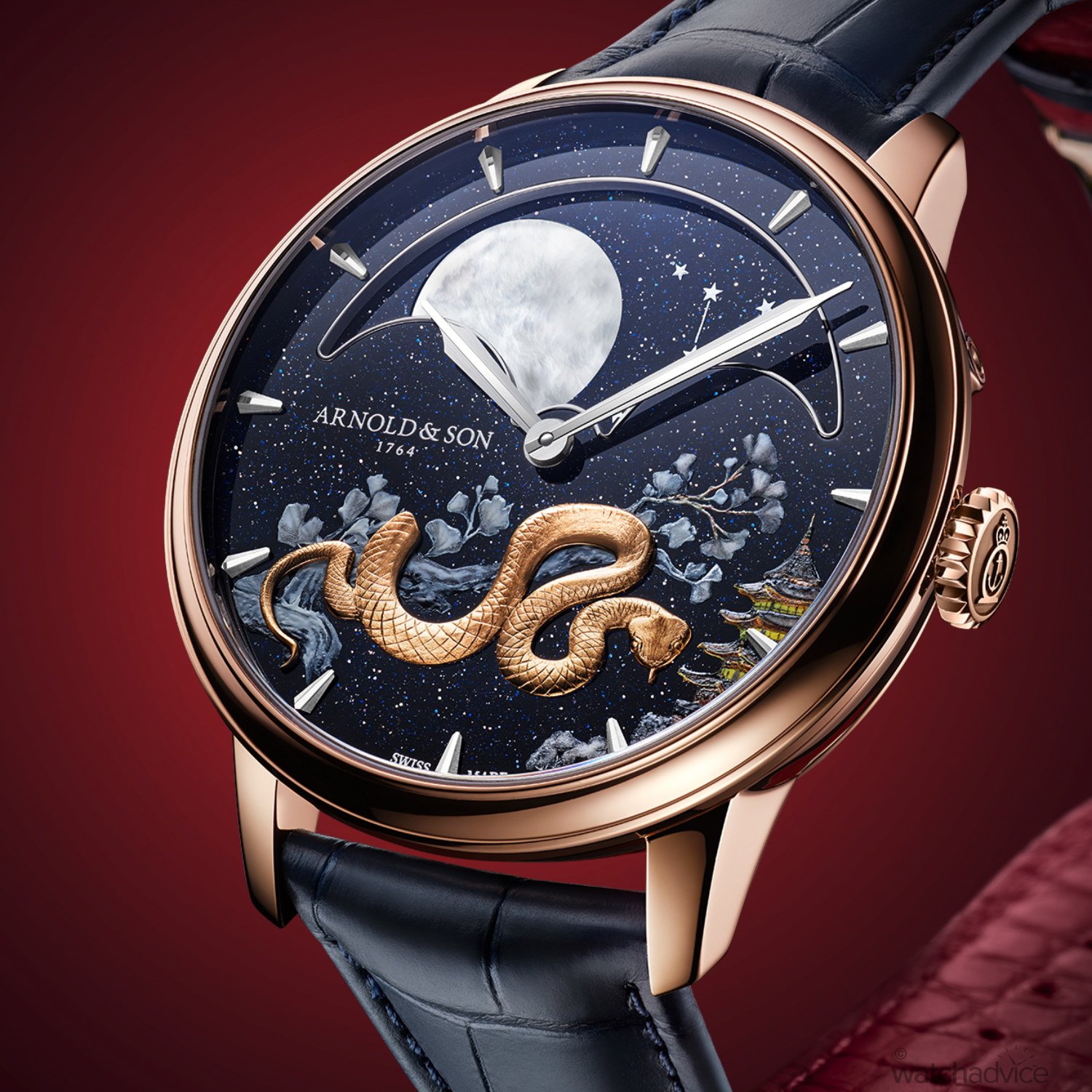
Like their Japanese peer Seiko, Citizen Holdings begins with Citizen itself. Operating in a similar space, Citizen’s biggest claim to fame is the revolutionization of the solar quartz movement. Their in-house solar calibre, known as Eco-Drive, has become one of the most reliable and enduring watch movements ever developed. For those seeking something more elevated, Citizen also offers their luxury brand The Citizen (yes, that’s its actual name — we know it’s a bit confusing) and Campanola, the latter of which is known for creating intricately complex timepieces inspired by astronomy and fine art.
Beyond their own namesake, Citizen Holdings also owns a number of respected international brands — including Bulova, Alpina, Frédérique Constant, Angelus, and Arnold & Son (the latter of which has made a real impression lately with some outstanding releases). They also have a stake in the Swiss movement manufacturer La Joux-Perret, which has supplied high-end movements to brands like Armin Strom, Hublot, TAG Heuer, and many others.
Related Reading: Watch Advice Halftime 2025, Part Two – Brands on the Rise!
Any Others?
Of course, there are still plenty of other watch groups worth knowing about. While they might not be as large in scale as the major conglomerates mentioned earlier, they’re still significant players in the industry and absolutely deserve a nod. For example, there’s the Sowind Group, which includes Girard-Perregaux and Ulysse Nardin — two respected names in high-end Swiss watchmaking. Then there’s Tempus Arte GmbH, a German-based group that brings together Lang & Heyne from Dresden and Stowa from Engelsbrand.
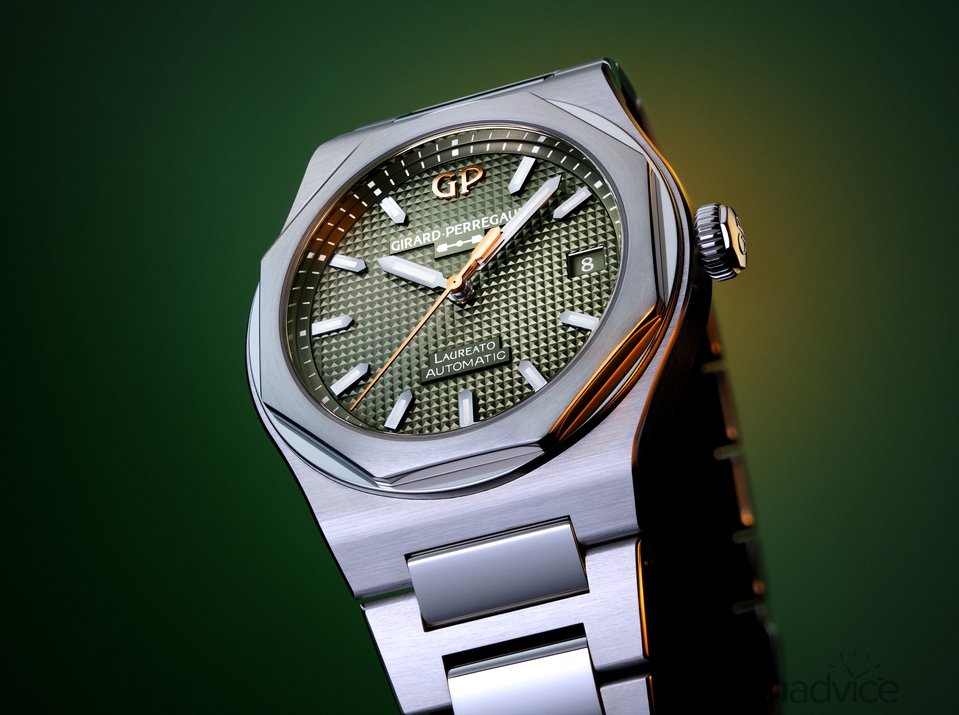
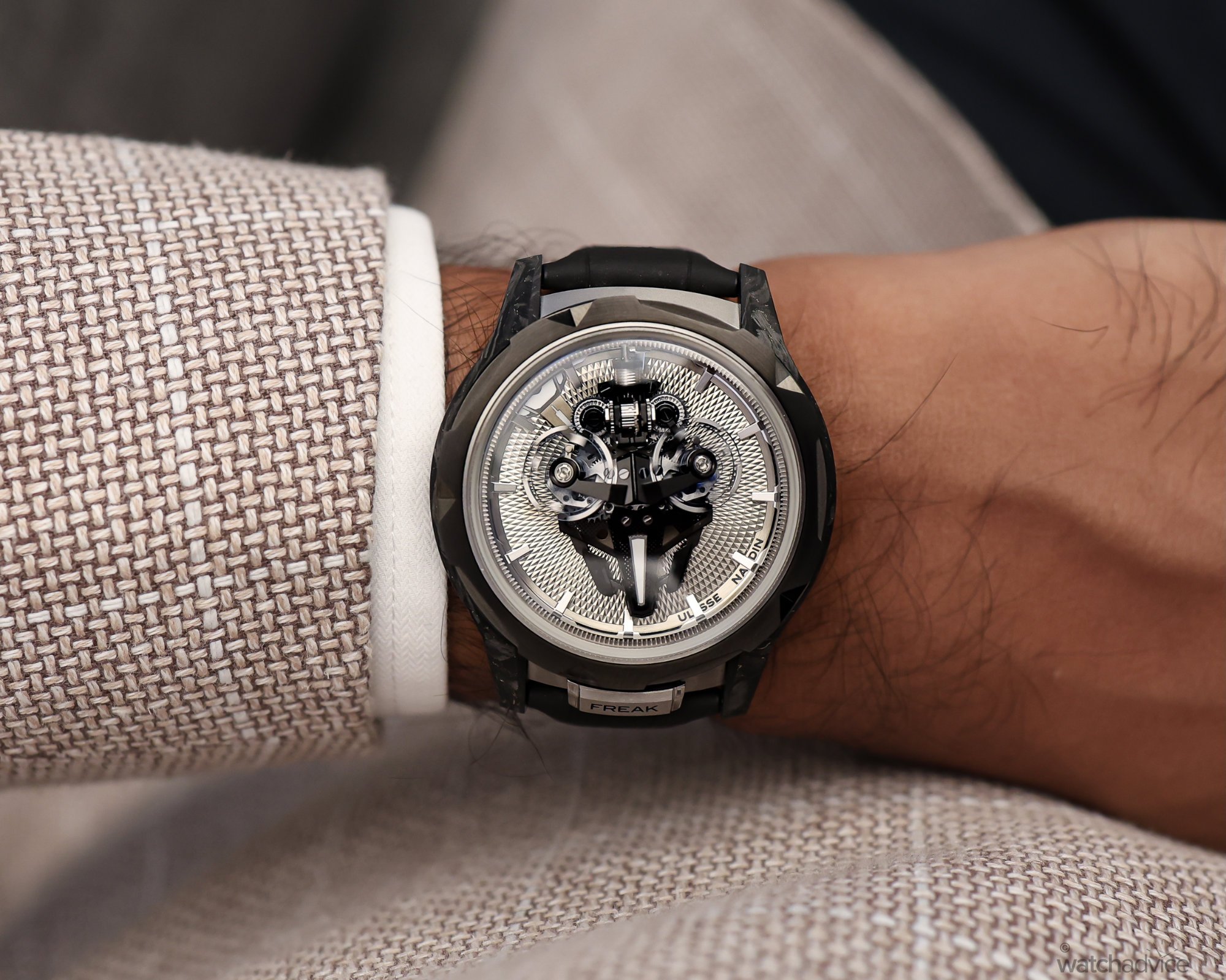
Another player worth mentioning is the Fossil Group. While their main focus is on ‘fashion’ watches, they also house a more serious arm of horology through the Zodiac brand and the STP (Swiss Technology Production) movement manufacturer. While not yet formalised as a traditional group, even Breitling appears to be quietly building one of their own, especially following their recent acquisitions of two historic brands: Gallet, and the legendary Universal Genève.
And finally — in case it hasn’t already been made obvious — there’s also the Hans Wilsdorf Foundation, a private trust that owns both Rolex and their sister brand Tudor. While it’s technically not a traditional conglomerate, it plays a uniquely powerful role in the industry due to Rolex’s global influence.
Who Isn’t Owned?
So far, we’ve covered the big names and even bigger conglomerates that dominate the watch industry. But what about the ones that have chosen to go it alone? Believe it or not, there are still plenty of watchmakers that remain independent — and in many cases, it’s that very independence that gives them their charm, creativity, and cult following.
Now, I know what you’re probably thinking: “There’s still more?” — especially after what’s already been a pretty hefty dose of names, brands, and photos. But stick with me just a little longer, because this next part is worth it! We’re about to dive into the world of watchmakers who live and work outside the reach of traditional parent companies: the independents and the microbrands.
Independents
By definition, an independent brand is one that isn’t beholden to a parent company, a board of investors, or any committee-based business practices when it comes to designing, building, and selling its watches. While that certainly has its advantages — creative freedom, for one — it also presents a fair few challenges. Independent brands don’t have a safety net, and if something goes catastrophically wrong, it could easily spell the end of the road.
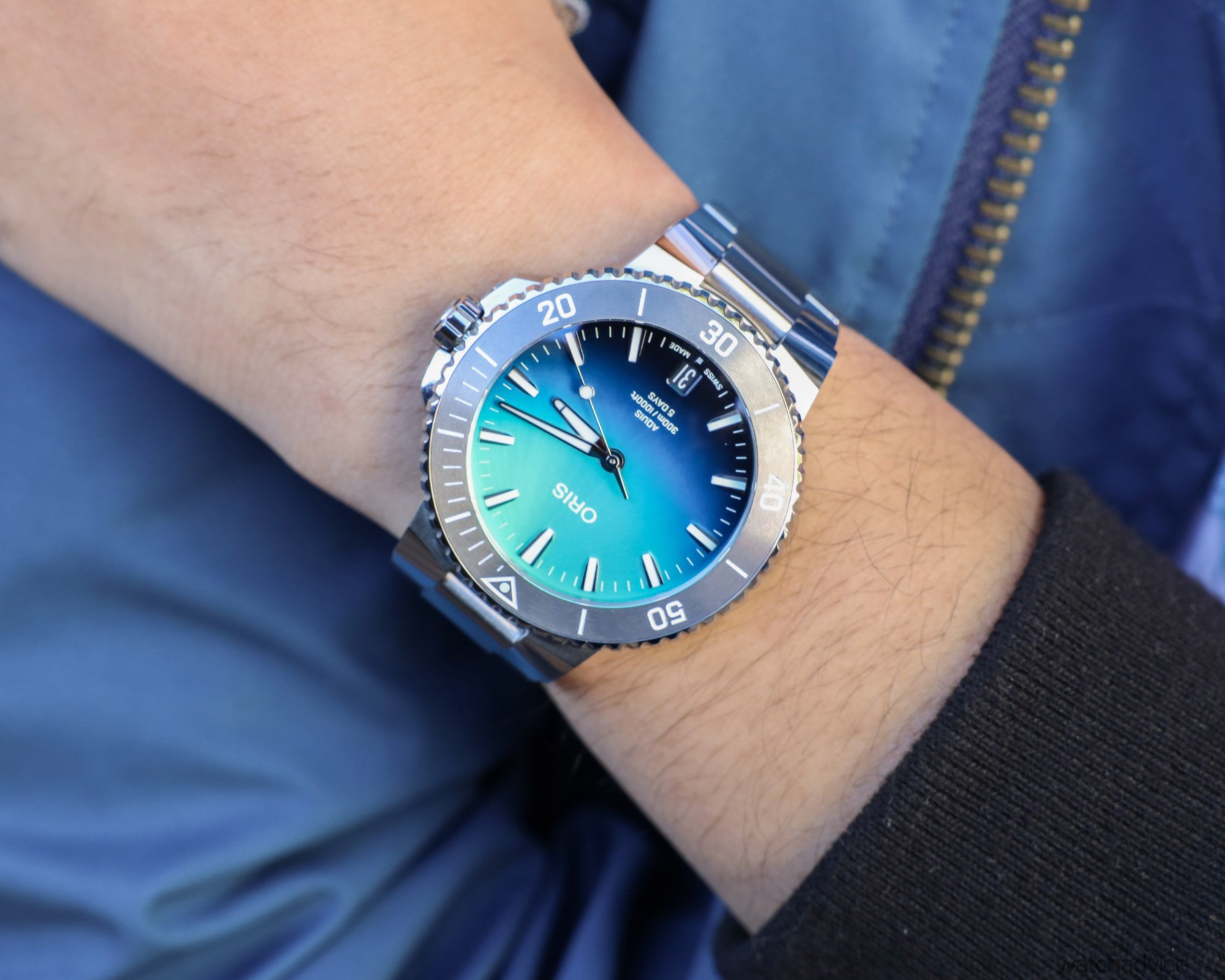
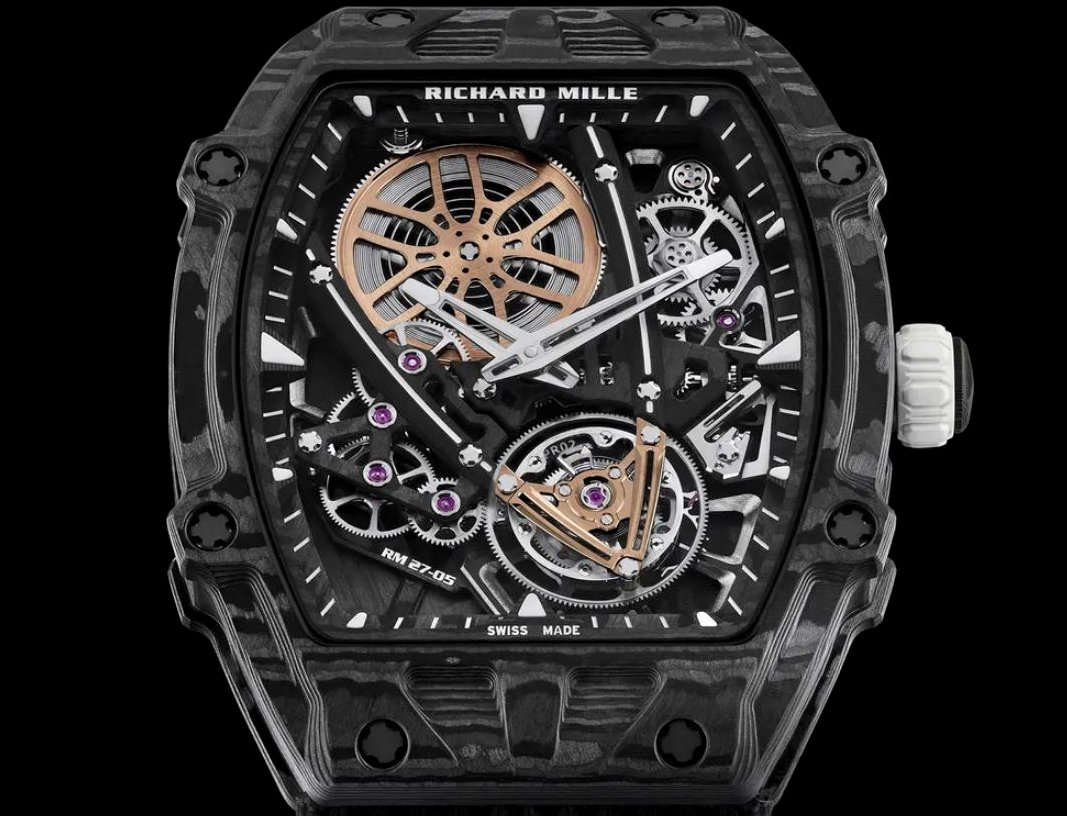
That said, most independent watch brands are either well-financed or have built themselves up into incredibly stable positions. This might come from decades of legacy and experience — as is the case with both Patek Philippe and Audemars Piguet — or from sheer horological merit that’s launched them into stardom. That’s exactly what happened with Richard Mille. Despite only launching his eponymous brand in 1999, Richard Mille has become one of the most recognisable figures in modern watchmaking, with watches that push the boundaries of design and engineering.
But independent doesn’t always mean six-figure price tags. Brands can still go their own way without going ultra-luxury. Just look at Oris — a brand that’s spent the last 43 years forging its own path. After buying itself out of the Swatch Group, this 1904 Holstein-based brand has gone on to build an impressive legacy, proving that you don’t need a corporate umbrella to thrive.
Microbrands
Beyond independents, however, there are also what are known as microbrands. Unlike their more established counterparts, microbrands are typically much younger — often start-ups founded by passionate individuals with a love for watches, but without the deep industry roots or full-scale manufacturing capabilities of most traditional watchmakers. While they might not have centuries of heritage or in-house movements, what they often do bring to the table is fresh design, direct-to-consumer pricing, and a real sense of community.
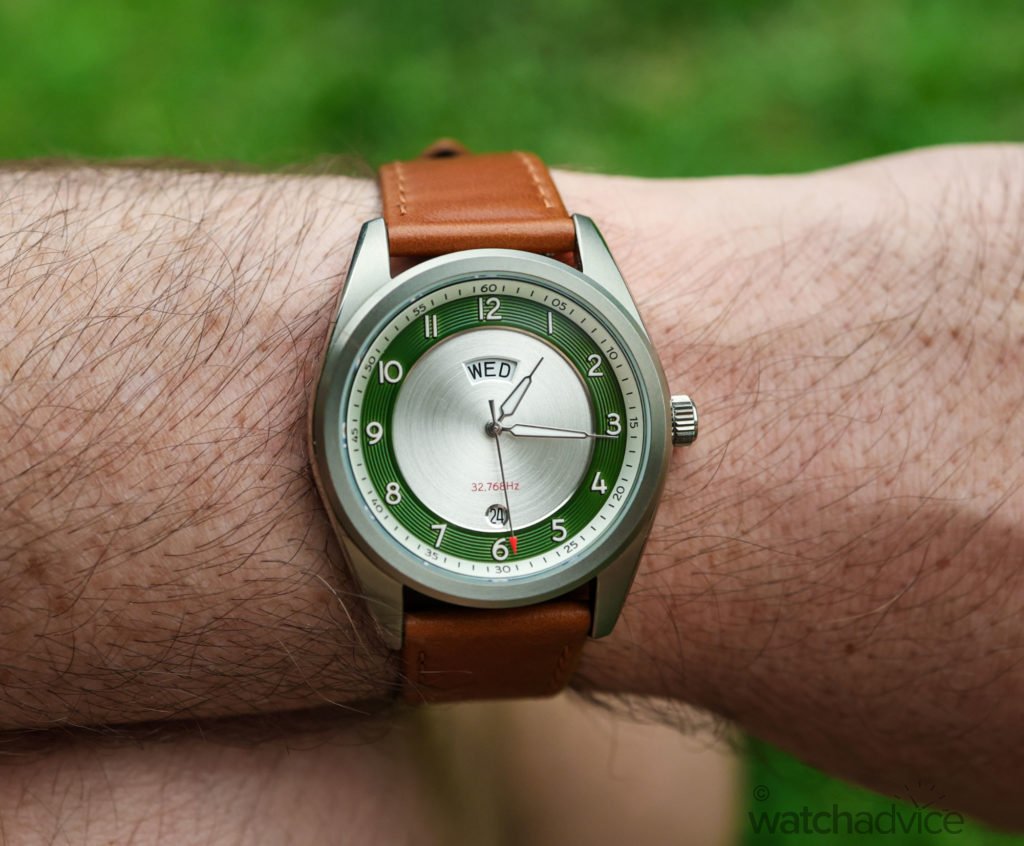
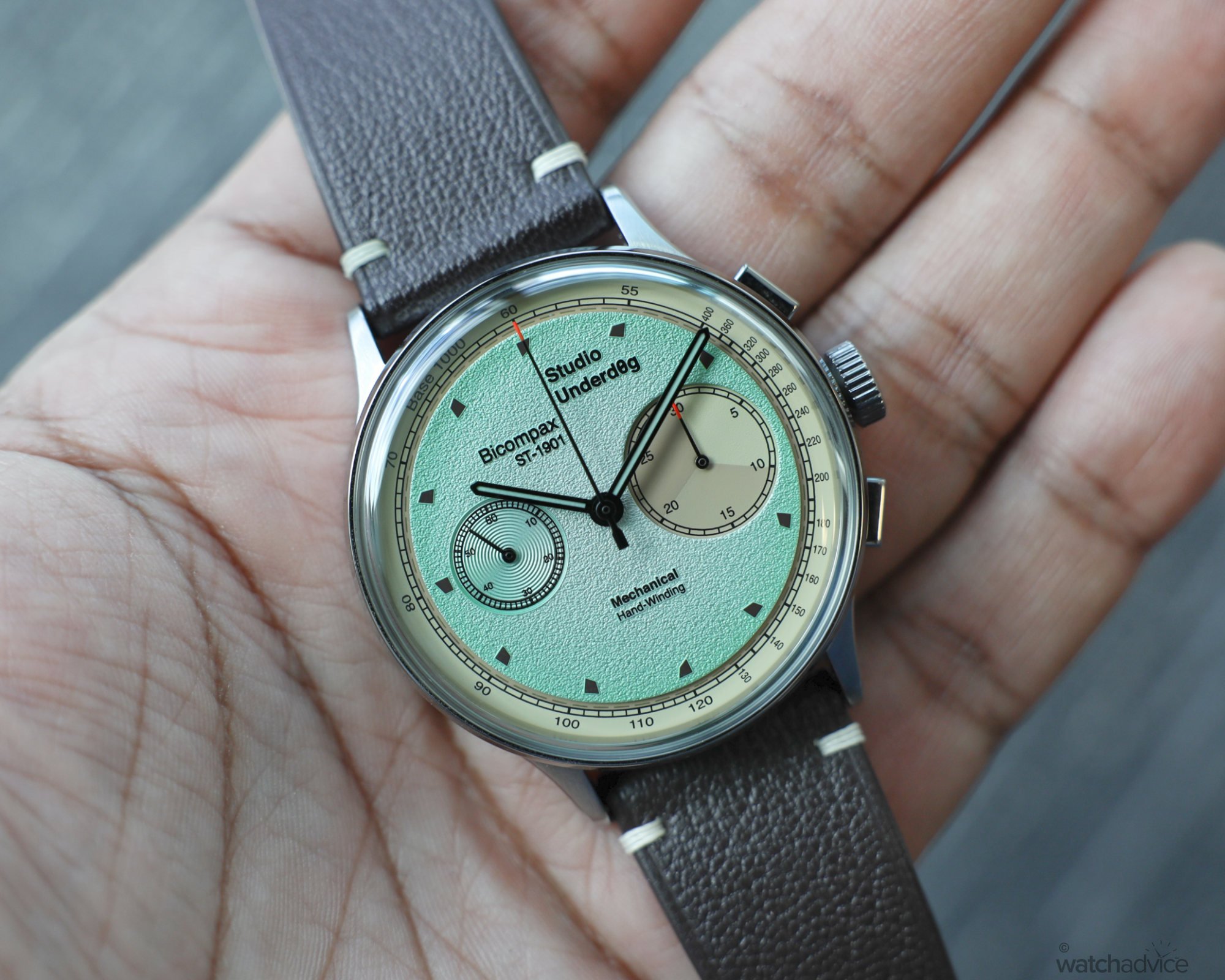
Related Reading: Microbrands Are Making Watchmaking Fun Again!
Like independent brands, microbrands face the same uphill battle — often without a safety net and with an immense amount of work required just to get off the ground. Sadly, many passion-driven projects fall to the wayside. But when a microbrand does break through, it becomes something truly special. A great example is Studio Underd0g, which — if you know me — you’ll know I’ve spoken about plenty on Watch Advice. Launched during the height of the COVID-19 pandemic, the brand grew from the vision of founder and designer Richard Benc into one of the most celebrated microbrands in today’s watch landscape. Another standout (and one that hits a little closer to home for us Aussies) is HZ Watches, proudly founded in Melbourne by Matthew Zillman. With Australia not typically known for their watchmaking prowess, it’s proof that great horology can start anywhere!
In any case, independents and microbrands represent — at least in my opinion — the most entertaining and imaginative corner of watchmaking. Whether it’s the surprising brilliance of fashion house Hermès, the artisanal lacquer dials of Scottish microbrand anOrdain, the tongue-in-cheek irreverence of H. Moser & Cie., or the wild mechanical contraptions crafted by MB&F or CIGA Design, there’s no shortage of creativity on display on either end. With all of this out there waiting to be discovered, you can bet your bottom dollar (and probably spend it too) on the watches and wonders found off the beaten path!
The Important Bits!
Phew, we’re finally at the end of the line! Thanks for reading, if you made it this far – but if you didn’t that’s okay too! As with the rest of the I’m New To Watches series, though, allow me to summarise the most important takeaways of the article you just went through:
- The two most popular names to know in the watch world are Rolex and Casio, but you probably knew that already. However, watch enthusiasts will also usually encounter the ‘Big Three’ – that being Patek Philippe, Audemars Piguet, and Vacheron Constantin – fairly early on in your watch journey. You probably can’t buy them right now, but at lease you know who they are for later!
- The watch industry is made up of a plethora of brands that are typically owned by one of several conglomerates. The biggest ones are the Swatch Group, Richemont, and LVMH (Louis Vuitton Moët Hennessy), with both Seiko Group and Citizen Holdings representing a predominant amount of the Japanese watch industry. Other notable groups include Sowind SA, Tempus Arte GmbH, Fossil Group, and the Rolex/Tudor duo of the Hans Wilsdorf Foundation.
- If it’s not owned by any of the above, it’s likely an independent or a microbrand! Independent brands like Oris and Richard Mille strive to make a name for themselves whilst retaining complete creative freedom, whilst microbrands like HZ Watches and Studio Underd0g try to do the same. Most microbrands are significantly younger than their independent peers, but are typically bolstered by a stronger sense of community and direct communication and sales.
And that’s it! I know that’s a lot of name to be throwing around in such a massive article, but this should give you a basic understanding of who’s who in the watch industry. While I’ve tried to cram as much info as I can into the article, I can still confidently say that the best way to find out who’s who – as much as I loved telling you – is to get out there and discover them for yourself. If there’s a detail we missed – or, if you have any questions, comments, suggestions, or even complaints – be sure to let us know on our Instagram page. Otherwise, feel free to click on any of the articles I have linked throughout. Happy reading!


